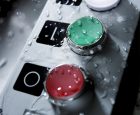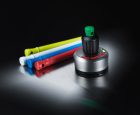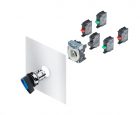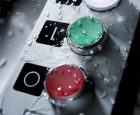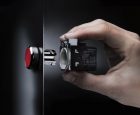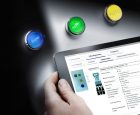
Easy to install, elegant in design
August 19, 2015
By Andreas Thomas Siemens AG
Design, production and operation made easy by push buttons and signalling devices
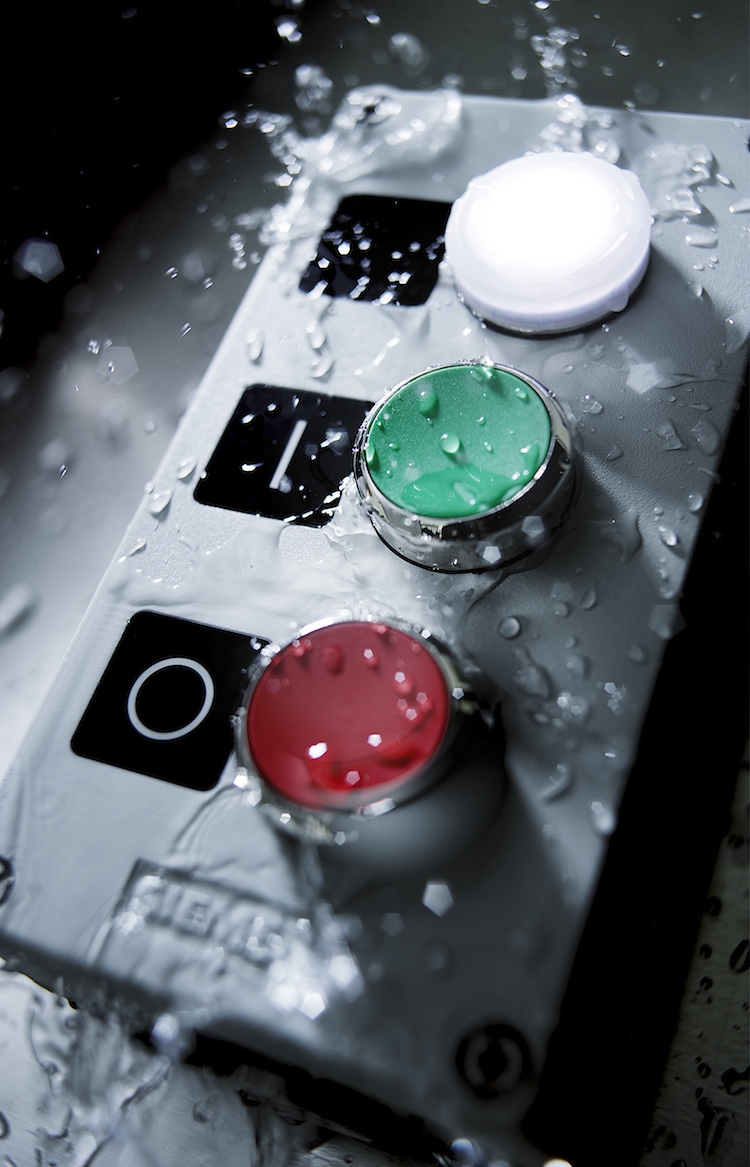
Aug. 14, 2015 – As a human-machine interface in its simplest form, push buttons and signalling devices have proved their worth. Since these vital components are installed in huge numbers, even minor improvements to their design pay dividends in terms of the engineering process and practical application.
Push button and signalling device improvements add up to create a win-win situation for engineers, electrical fitters, and installation and service personnel.
As an indispensable product group for low-voltage switchgear and control gear installations, push buttons and signalling devices have remained the pre-eminent choice of component for their proven use in virtually all industrial and many infrastructure applications despite the advance of modern (touch) panels.
If it were possible to speed up the installation, wiring and servicing processes for each element by just a small amount, this alone would allow manufacturers of series machines to achieve significant savings.
The results of an international market survey conducted by a major manufacturer indicated that many conceptual requirements were linked with significant savings potential for the user.
Photos courtesy Siemens AG
With respect to design, many of those surveyed had surprisingly high demands and it was this discovery that defined the initial development focus. This trend was largely attributed to the attractive machine front designs recently adopted by many OEMs as an indicator of the high quality of their products. Push buttons and signalling devices are frequently installed on the front of machines — often in combination with touch panels in individualized, manufacturer-specific designs. It is understandable that components such as these are required to enhance the overall aesthetic appearance.
When it comes to ease of handling, user requirements can be described in simple terms: The entire handling process — whether it involves unpacking, mechanical metal sheet processing, installation and wiring of individual components or disassembly for servicing — must be made faster and simpler. While it sounds easy enough, it posed a real challenge to the Siemens developers.
Regarding ruggedness, the feedback received from maintenance employees of machine manufacturers and service personnel working for end customers sent a clear message: This kind of product — so technologically simple by comparison with other automation and drive systems — must never be the cause of production outages.
The last of the four focus topics related in part to the simplicity of connection to control systems for the purpose of reducing wiring outlay and in part to more flexible integration into the control system. Possibilities for connecting the products to widely used communication interfaces (such as IO-Link and AS-Interface) should be provided — including where feasible, the integration of safe signals from Emergency Stop push buttons, for example.
Andreas Thomas is a marketing manager for Siemens AG Digital Factory, Control Products. The new range of Sirius Act push buttons and indicator lights pictured above boast numerous individual advantages in terms of design, installation and wiring, as well as maintenance and servicing. According to the company, the “quick access to data required for plant documentation scores points in the engineering department,” as well as the “many benefits around installation and wiring will inspire machine manufacturers and electrical fitters. And the outstanding reliability or lower probability of failure of an installation will be welcomed by end customers.”
